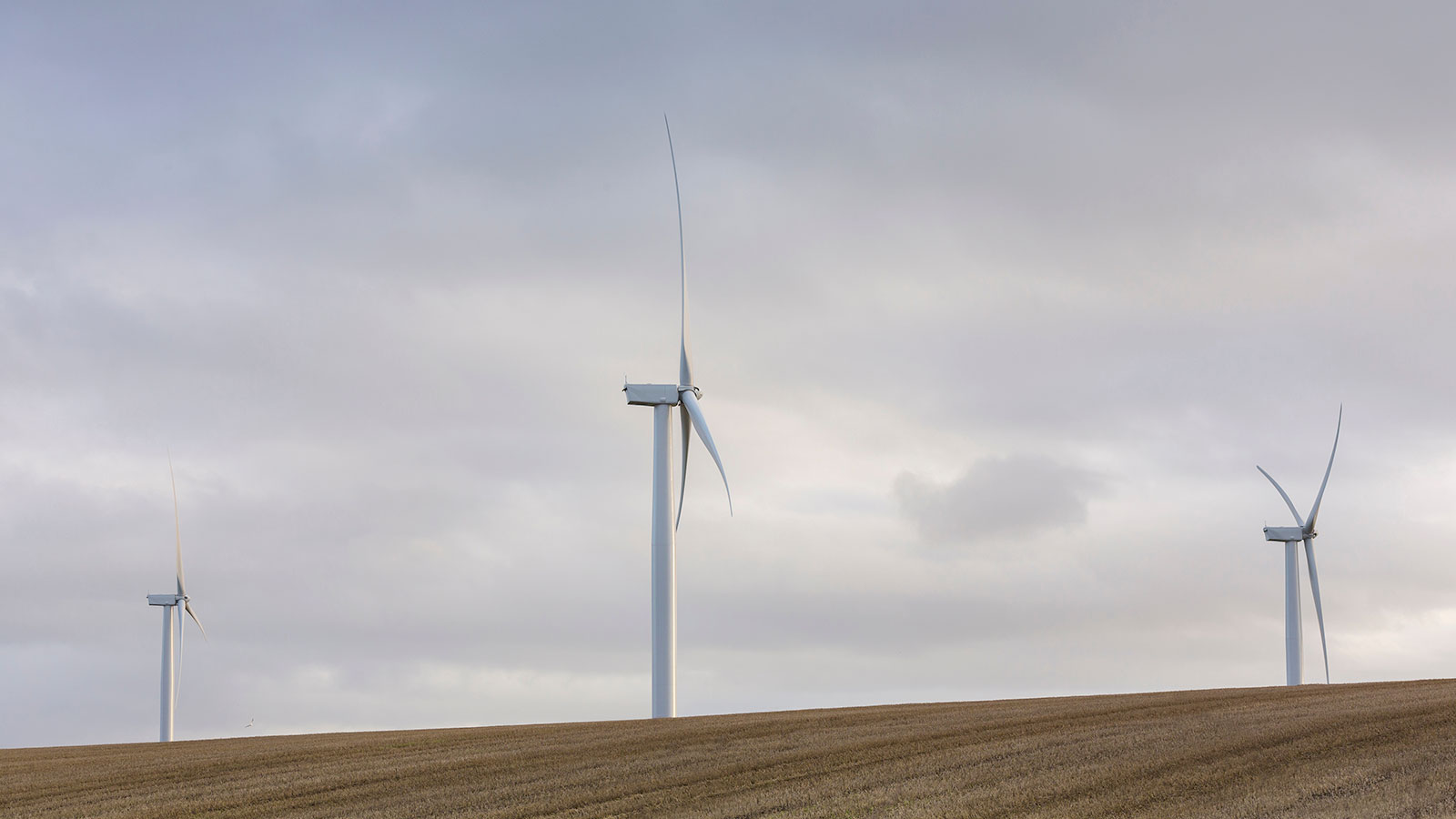In the last year, the UK’s onshore wind energy projects have seen a notable increase, with the total pipeline, including stages from operation to pre-planning, growing by 4.2 GW.
This marks a significant rise from the previous year’s increase of 1.5GW, bringing the current total to 42.7GW, according to the latest report from RenewableUK.
This growth could potentially supply power to nearly three million homes annually, with the report highlighting that currently 15.5GW of this capacity is already operational, capable of powering 10.9 million homes. This includes 594 megawatts that became operational in 2024 alone.
Scotland is home to 75% of the UK’s total onshore wind capacity, although that’s to be expected, as England has had a de facto ban on onshore wind for a number of years, which was only recently lifted by the incoming Labour Government as one of its first acts. With this lifting, the report from RenewableUK suggests that by 2030, the UK could see up to 27.8 GW of onshore wind capacity operational, including updates and expansions to older installations
James Robottom, RenewableUK’s Head of Policy, noted, “As this report shows, the UK has a healthy pipeline of onshore wind projects which will enable us to boost Britain’s energy security and cut consumer bills by using one of our cheapest sources of new power. But to do this we will have to deliver new projects faster.
“We stand ready to do this, as this year has proved to be a turning point for this industry. In March we reached a key milestone with 15 gigawatts of onshore wind capacity in operation, enabling us to hit 30 gigawatts of onshore and offshore wind combined last week, as SSE’s impressive Viking onshore wind farm went fully operational. And one of the new Government’s first actions when it came to power in July was to lift the de facto ban on onshore wind projects in England after nearly a decade, as well as setting up the Onshore Wind Industry Taskforce to speed up the delivery of vital new clean energy capacity in all four UK nations.
“We need companies of every size to seize this opportunity and invest in developing an industry which is playing a key role in tackling climate change as well as helping bill payers hit by massive increases in the cost of fossil fuels.
“This is very much a collaborative endeavour. We will continue to build onshore wind farms in an environmentally sensitive way which takes account of the views of local communities and sets out the economic benefits which we can offer them”.
Despite the lifting of the ban in England, it’s expected that Scotland will continue to play a leading role in onshore wind, as highlighted in yesterday’s Contract for Difference auction results. That saw a total of 990.37 MW of onshore wind secured as part of the auction process, with almost all of it, some 909.77 MW, located in Scotland.
Morag Watson, Head of Onshore at Scottish Renewables, commented, “Home to 75% of the UK’s onshore wind pipeline, Scotland is at the forefront of the UK’s clean energy future. Onshore wind delivers more than 12,000 jobs and adds £3.44 billion to the Scottish economy while helping combat climate change.
“In Scotland, the Onshore Wind Sector Deal has been a game-changer for the industry, and what we have learned so far can help identify current barriers to deployment across the UK whilst delivering maximum benefit to the country.”

